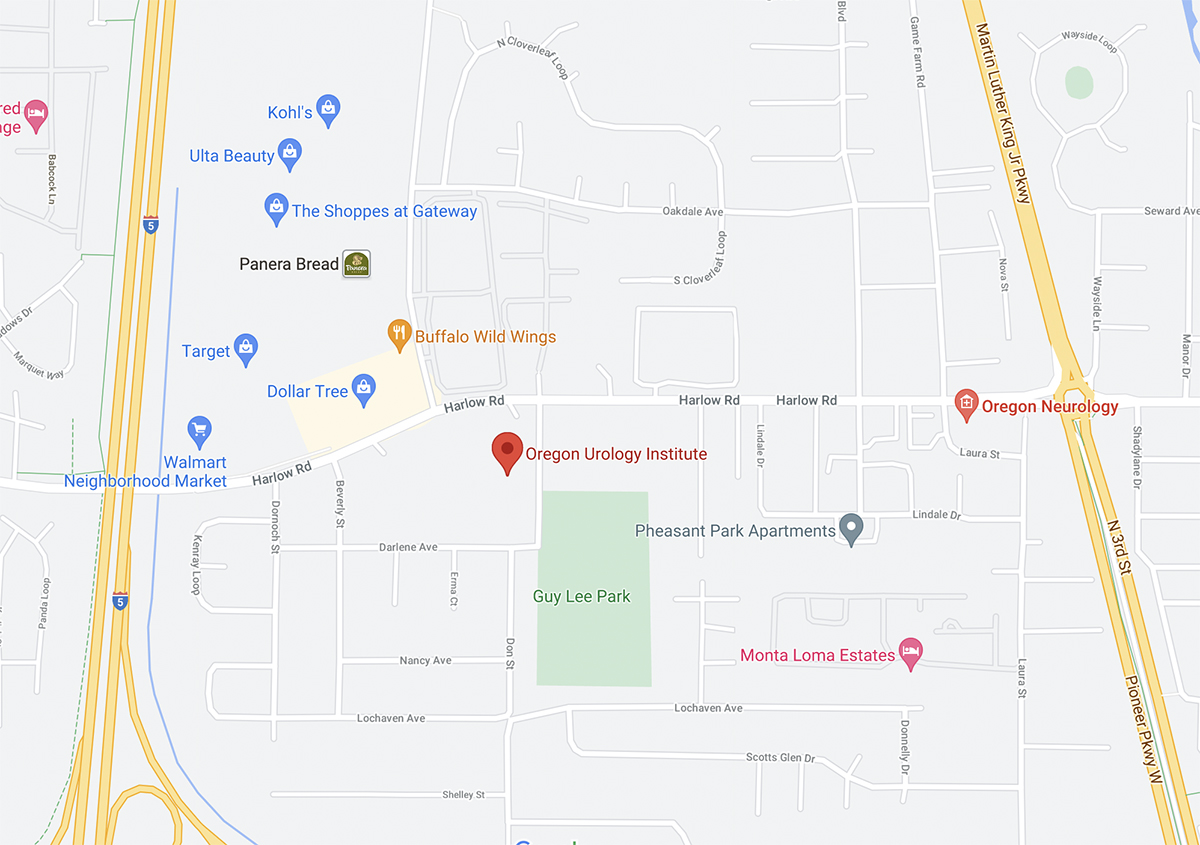


WHAT IS A VASECTOMY REVERSAL?
A vasectomy reversal might be considered by:
- Men who regret their vasectomy due to life changes, such as a new partner
- Couples wanting to conceive naturally rather than through assisted reproductive technologies
- Men who experience the rare complication of post-vasectomy pain syndrome
HOW IS A VASECTOMY REVERSAL PERFORMED?
A vasectomy reversal is usually done under general anesthesia in an outpatient setting, meaning you can go home the same day.
To perform the procedure, your surgeon makes a small incision in the scrotum to locate the severed ends of the vas deferens. The tubes are carefully examined to assess their condition. A small fluid sample from the vas deferens is then examined under a microscope.
If sperm is present, the surgeon proceeds with a vasovasostomy. In this procedure, the two ends of the vas deferens are precisely aligned and reconnected using microsurgical sutures. Once the connection heals, sperm will flow freely again.
If no sperm are found in the fluid, it suggests a blockage closer to the testicle. The surgeon may perform a more complex procedure called a vasoepididymostomy. This procedure involves connecting the vas deferens directly to the epididymis, a coiled tube where sperm mature.
WHAT TO EXPECT AFTER A VASECTOMY REVERSAL
- Wear snug, supportive underwear to reduce movement and strain on the scrotum
- Stay off your feet as much as possible for the first couple of days
- Refrain from sexual intercourse and ejaculation for about 2 to 4 weeks to prevent strain on the surgical site
- Avoid strenuous activity until your doctor gives the all-clear
WHEN CAN YOU EXPECT RESULTS?
HOW SUCCESSFUL IS A VASECTOMY REVERSAL?
- Time since vasectomy. Success rates are highest when the reversal is performed within 10 years of the vasectomy. Beyond 15 years, the chances of successful sperm return and pregnancy decrease.
- Surgical technique. The success rates for vasovasostomy are higher (80-90%) than the more complex vasoepididymostomy.
- Partner’s age and fertility. The female partner’s age and reproductive health also determine the likelihood of pregnancy, even if the reversal is technically successful.
- Your overall health. Conditions like diabetes or previous scrotal surgeries can affect the outcome.
RISKS OF VASECTOMY REVERSAL
- The incision site may become infected, requiring antibiotics.
- A collection of blood within the scrotum, known as a hematoma, can cause swelling and discomfort.
- Scarring in the vas deferens can block sperm flow, reducing the procedure’s effectiveness.
- While rare, some men may experience chronic scrotal pain after surgery.
Having an open and honest conversation with your surgeon about the risks and possible outcomes of a vasectomy reversal is an important part of the decision process. Your surgeon can walk you through what to expect during and after the procedure and explain the factors that might affect its success. Understanding the benefits and the risks will help you decide if this is the best choice for your situation. It’s also a chance to ask questions, discuss your concerns, and ensure you fully understand the process.
If you are thinking about vasectomy reversal, consulting a urologist who specializes in advanced microsurgery techniques is the next step to opening the door to growing your family.
FAQs
Is a vasectomy reversal always successful?
Not always. Success depends on factors like how long it’s been since your vasectomy, the surgical method used, and your overall health. That said, skilled microsurgeons often achieve high success rates.
How long does the surgery take?
The procedure usually takes 2 to 4 hours. The time needed depends on whether you need a vasovasostomy or a more complex vasoepididymostomy.
Does insurance cover vasectomy reversal?
Most insurance plans don’t cover vasectomy reversals because they’re considered elective. It’s best to check with your insurance provider for specific details.
How soon can I go back to work?
You can usually return to light work in about a week, but physically demanding jobs may require more recovery time. Be sure to follow your doctor’s advice.






